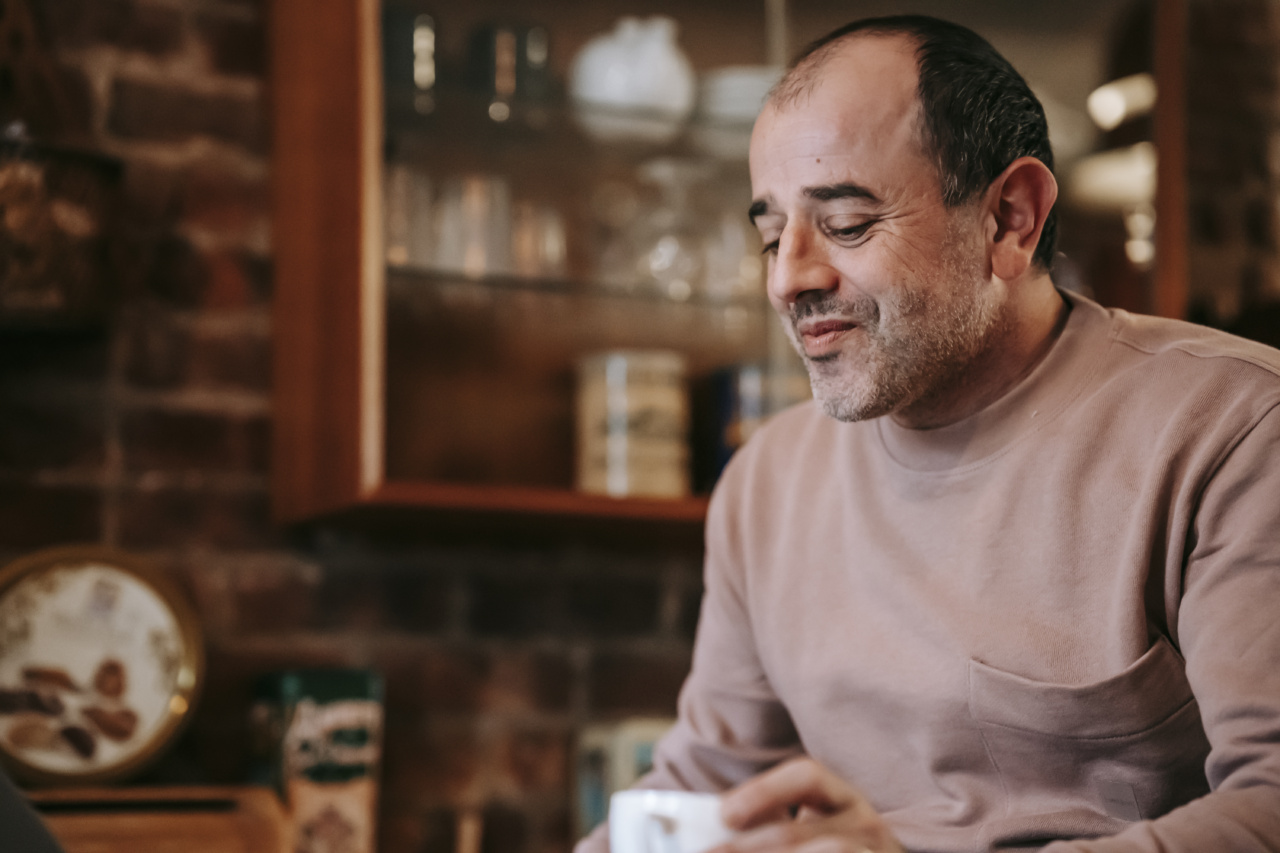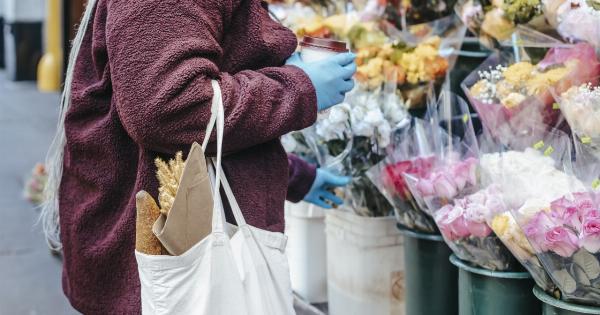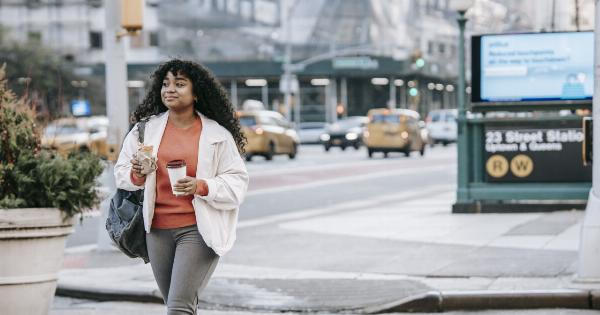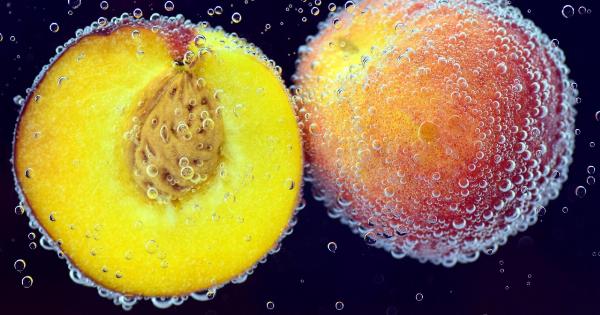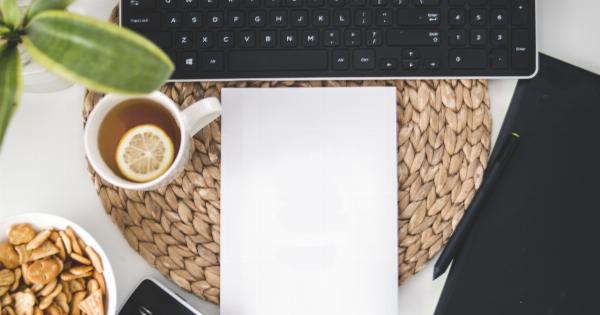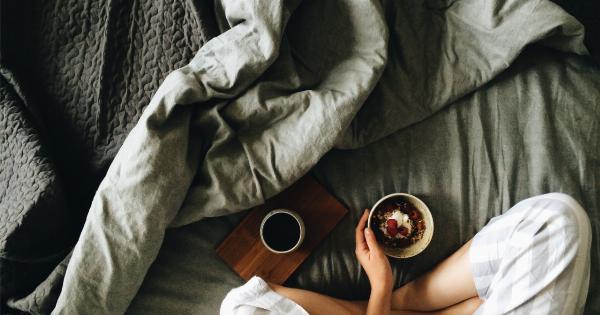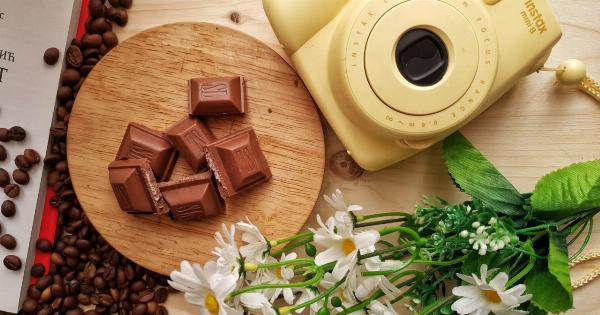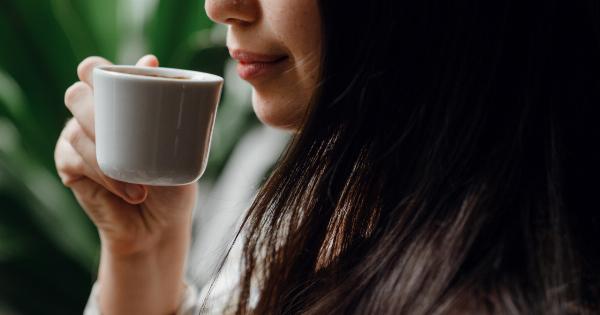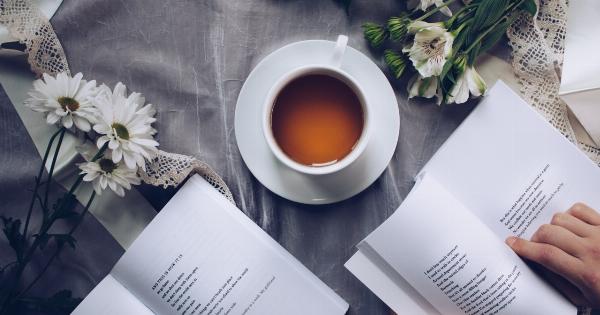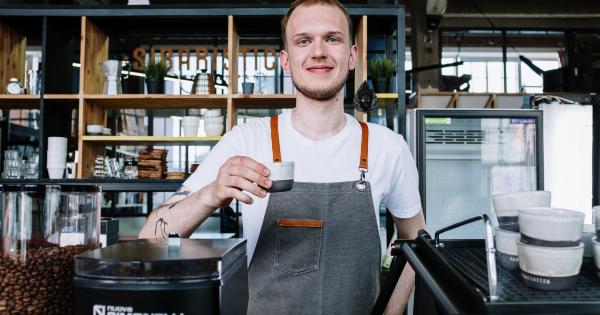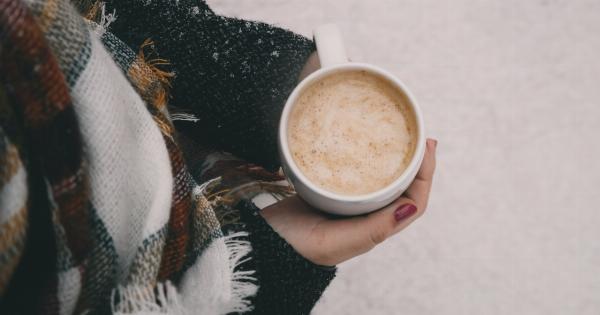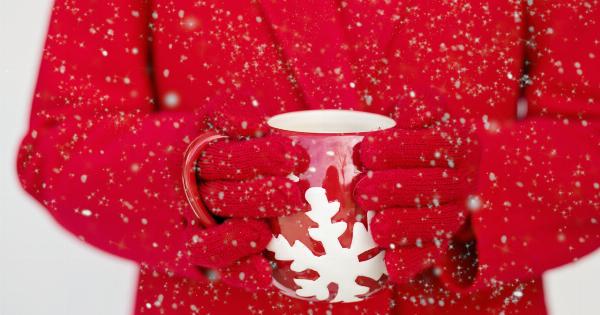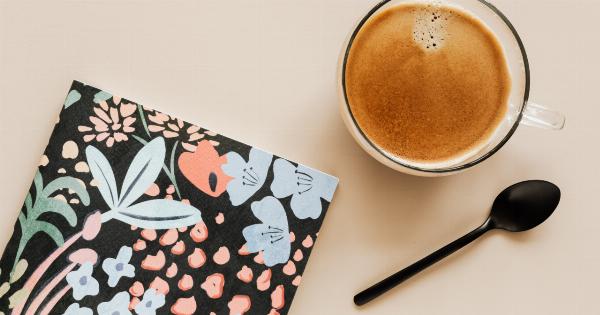Coffee is one of the most consumed beverages in the world, appreciated for its unique taste, aroma and of course, the boost of energy it provides.
The coffee world is vast and diverse, with various species, roasting levels, brewing methods, and of course, caffeine content. In this ultimate guide, we will explore the most popular coffee species and their caffeine content, so you can make an informed decision choosing your next cup of Joe.
What is Caffeine?
Caffeine is a natural alkaloid compound found in several plants that acts as a central nervous system stimulant.
In coffee, caffeine is produced in the seed (coffee bean) of the coffee plant, which is extracted during the roasting process when heat is applied to the beans.
Contrary to popular belief, caffeine is not responsible for the bitter taste of coffee. Instead, it’s a combination of organic acids and other compounds that create that signature coffee flavor.
However, caffeine does impact the taste of coffee by adding bitterness and enhancing certain flavors.
Coffee Species and Caffeine Content
There are two primary coffee species: Arabica and Robusta. The difference between the two is significant and affects both the taste and caffeine content.
1. Arabica
Arabica coffee is considered the highest quality of the two species due to its rich flavor profile, low acidity, and low bitterness. It’s delicate and complex, with notes of chocolate, fruit, and nuts.
Arabica coffee grows in high altitudes, at elevations between 600-2000 meters above sea level.
When it comes to caffeine content, Arabica contains around 1.2% caffeine, which is roughly half of the caffeine content of Robusta.
The lower caffeine content is due to the longer maturation process required for Arabica beans to develop their complex flavors and aroma.
2. Robusta
Robusta coffee is more robust and full-bodied, with higher acidity and a higher bitterness profile. It’s commonly used in espresso blends due to its rich crema and its ability to hold up with milk.
Robusta coffee grows at lower altitudes, between 200-800 meters above sea level, and is more resilient to pests and diseases.
Robusta coffee contains around 2.2% caffeine, almost twice as much as Arabica. The higher caffeine content is due to the shorter maturation period required for Robusta beans to ripen, resulting in less complex flavors but a stronger caffeine kick.
Caffeine Content in Different Types of Coffee
The caffeine content in coffee also depends on various factors such as roast level and brewing method. Here are some of the most popular types of coffee and their average caffeine content per serving:.
1. Espresso
Espresso is a concentrated shot of coffee made by forcing hot water through finely ground coffee beans under pressure. One shot of espresso (30 ml) contains between 40-75 mg of caffeine.
2. Drip Coffee
Drip coffee is the most popular type of coffee consumed in the US, made by pouring hot water over a bed of coffee grounds in a filter. One cup of drip coffee (240 ml) contains between 95-200 mg of caffeine.
3. Instant Coffee
Instant coffee is made by dehydrating brewed coffee into a powder or granulated form. One cup of instant coffee (240 ml) contains between 30-90 mg of caffeine.
4. Cold Brew
Cold brew is made by steeping coffee grounds in cold water for 12-24 hours. One cup of cold brew (240 ml) contains between 50-125 mg of caffeine.
5. Decaf Coffee
Decaf coffee is made by removing most of the caffeine from coffee beans through various processes. One cup of decaf coffee (240 ml) contains less than 5 mg of caffeine.
Factors Affecting Caffeine Content in Coffee
Caffeine content in coffee is not an exact science, and various factors can influence it. Here are some of the most common factors that can affect caffeine content:.
1. Roasting Level
The duration and temperature of the roasting process influence the caffeine content in coffee. Longer and darker roasts will result in less caffeine because the heat breaks down the caffeine molecules.
2. Source of Coffee Beans
The caffeine content of the coffee beans varies depending on their origin, species, and age. Arabica typically contains less caffeine than Robusta, as we mentioned above.
3. Brewing Time and Temperature
The time and temperature of the brewing process affect caffeine extraction. The longer you brew the coffee, the more caffeine you’ll extract. Also, hotter temperatures will extract caffeine more efficiently than lower temperatures.
Conclusion
Coffee is a complex and diverse beverage, influenced by various factors such as species, roast level, and brewing method. Arabica and Robusta are the two primary coffee species, with significant differences in taste and caffeine content.
Regardless of your preference, it’s essential to understand how caffeine content affects your daily intake and make an informed decision.
So, next time you’re craving a cup of coffee, remember this ultimate guide and choose wisely. Enjoy your cup of Joe!.
